Whats a Pilot Hole and When Do I Need to Use One!?

by
Zac Builds
(IC: blogger)
4 Materials
$1
5 Minutes
Easy
Recently I got an email from one of my readers named Sandra, she just bought a live edge hardwood table top and wanted to attach a set of metal legs to it. While this might seem like a simple job at first Sandra correctly identified that simply screwing the legs to the table top could result in cracks and splits in the surface of the table top. Not exactly what you want to have happen when you just spent a bunch of money on big wood slab.
I thought this would be a great excuse to write an article explaining why and when it's important to use pilot holes when building DIY projects.
What do I mean when I say the screw could split the table top? Here's an example.
Has that ever happened to you? I know its happened to me a lot.
You’re minding your own business trying to fasten two pieces of wood together and *CRACK*, you’ve got a nice new split in your piece of wood. This is a pretty common error people make when they first start out in wood working and doing DIY projects.
As you drive a screw into wood, the screw acts as a little wedge, forcing the grains of the wood apart. If the wood is weak enough or the wedge pressure is great enough, the wood grains will tear apart and leave you with a nice fresh crack. The closer you get to the end of the grain the more likely the wood is to split when you’re screwing into it. Don’t get cocky just because you aren’t screwing near the end of the grain though, it can happen just about anywhere in a piece of wood.
So what’s the solution? A pilot hole, or more simply put, pre-drilling your screw hole.
Here let’s work through an example together.
First thing you’re going to need to do is grab a drill bit that has a slightly smaller diameter than the diameter of the screw (or nail) you’re using. Ideally the drill bit will be the same size as the main shaft of the screw so that only the “teeth” of the screw will make contact with the wood. I’ve provided an example here:
Next you’re going to make a pencil mark at the location on the wood where you want to screw.
Then using your drill and newly selected drill bit you’re going to drill down into the wood. How far you drill depends on the length of the screws you’re using. Best practice is to drill down to a depth that is just a little bit less than the length of your screws. For example, if your screws are 4 inches long, drill your holes 3 3/4 inches deep.
Now take your screw and your driver and sink that screw into place, nice and snug.
You’re done! No more splits! Well, you’re done one screw anyways.
So how does it work? Well basically you’re making a little tunnel for your screw to follow. Because you’ve already bored out most of the wood in the tunnel it means that your screw is exerting less of a wedge force on the wood.
Pre-drilling your holes, especially when you’re working with hardwoods, also greatly reduces the likelihood that you will snap screws when working with power tools. This is another reason I told Sandra to use a pilot hole. Most live edge table tops are made of some sort of hardwood, and if you’re using off the shelf commodity screws from home depot to fasten anything to them with an impact gun or drill you run a good chance of snapping the screws.
{
"id": "4776081",
"alt": "",
"title": "",
"video_library_id": "6831",
"thumbnail": "https://cdn-fastly.hometalk.com/media/2018/04/13/4776081/whats-a-pilot-hole-and-when-do-i-need-to-use-one.jpg"
}
{
"width": 634,
"height": 357,
"showRelated": true,
"noautoplay": ""
}
[{"sources":[{"type":"application\/vnd.apple.mpegurl","src":"https:\/\/video-cdn-prod.b-cdn.net\/hometalk\/2021\/12\/01\/9467\/jniX9TZB.m3u8","label":"HLS"},{"type":"video\/mp4","src":"https:\/\/video-cdn-prod.b-cdn.net\/hometalk\/2021\/12\/01\/9467\/9467_1080p_h264.mp4","label":"1080p"},{"type":"video\/mp4","src":"https:\/\/video-cdn-prod.b-cdn.net\/hometalk\/2021\/12\/01\/9467\/9467_720p_h264.mp4","label":"720p"},{"type":"video\/mp4","src":"https:\/\/video-cdn-prod.b-cdn.net\/hometalk\/2021\/12\/01\/9467\/9467_406p_h264.mp4","label":"406p"},{"type":"video\/mp4","src":"https:\/\/video-cdn-prod.b-cdn.net\/hometalk\/2021\/12\/01\/9467\/9467_270p_h264.mp4","label":"270p"},{"type":"video\/mp4","src":"https:\/\/video-cdn-prod.b-cdn.net\/hometalk\/2021\/12\/01\/9467\/9467_180p_h264.mp4","label":"180p"}],"poster":"https:\/\/cdn-fastly.hometalk.com\/media\/2021\/07\/26\/7567504\/thumbnail.jpg","media":{"video_library_id":9467,"thumbnail":"https:\/\/cdn-fastly.hometalk.com\/media\/2021\/07\/26\/7567504\/thumbnail.jpg"}},{"sources":[{"type":"video\/mp4","src":"https:\/\/video-cdn-prod.b-cdn.net\/hometalk\/2023\/02\/07\/24085\/24085_source-406.mp4","label":"406p"},{"type":"video\/mp4","src":"https:\/\/video-cdn-prod.b-cdn.net\/hometalk\/2023\/02\/07\/24085\/24085_source-720.mp4","label":"720p"},{"type":"video\/mp4","src":"https:\/\/video-cdn-prod.b-cdn.net\/hometalk\/2023\/02\/07\/24085\/24085_source-1080.mp4","label":"1080p"}],"poster":"https:\/\/cdn-fastly.hometalk.com\/media\/videos\/2023\/02\/07\/24085\/thumbnail.jpg","media":{"video_library_id":24085,"thumbnail":"https:\/\/cdn-fastly.hometalk.com\/media\/videos\/2023\/02\/07\/24085\/thumbnail.jpg"}},{"sources":[{"type":"video\/mp4","src":"https:\/\/video-cdn-prod.b-cdn.net\/hometalk\/2022\/09\/14\/20666\/20666_source-406.mp4","label":"406p"},{"type":"video\/mp4","src":"https:\/\/video-cdn-prod.b-cdn.net\/hometalk\/2022\/09\/14\/20666\/20666_source-720.mp4","label":"720p"},{"type":"video\/mp4","src":"https:\/\/video-cdn-prod.b-cdn.net\/hometalk\/2022\/09\/14\/20666\/20666_source-1080.mp4","label":"1080p"}],"poster":"https:\/\/cdn-fastly.hometalk.com\/media\/videos\/2022\/09\/14\/20666\/thumbnail.jpg","media":{"video_library_id":20666,"thumbnail":"https:\/\/cdn-fastly.hometalk.com\/media\/videos\/2022\/09\/14\/20666\/thumbnail.jpg"}},{"sources":[{"type":"application\/vnd.apple.mpegurl","src":"https:\/\/video-cdn-prod.b-cdn.net\/hometalk\/2021\/12\/01\/9158\/LORbF8Yd.m3u8","label":"HLS"},{"type":"video\/mp4","src":"https:\/\/video-cdn-prod.b-cdn.net\/hometalk\/2021\/12\/01\/9158\/9158_1080p_h264.mp4","label":"1080p"},{"type":"video\/mp4","src":"https:\/\/video-cdn-prod.b-cdn.net\/hometalk\/2021\/12\/01\/9158\/9158_720p_h264.mp4","label":"720p"},{"type":"video\/mp4","src":"https:\/\/video-cdn-prod.b-cdn.net\/hometalk\/2021\/12\/01\/9158\/9158_406p_h264.mp4","label":"406p"},{"type":"video\/mp4","src":"https:\/\/video-cdn-prod.b-cdn.net\/hometalk\/2021\/12\/01\/9158\/9158_270p_h264.mp4","label":"270p"},{"type":"video\/mp4","src":"https:\/\/video-cdn-prod.b-cdn.net\/hometalk\/2021\/12\/01\/9158\/9158_180p_h264.mp4","label":"180p"}],"poster":"https:\/\/cdn-fastly.hometalk.com\/media\/2021\/10\/18\/7885459\/thumbnail.jpg","media":{"video_library_id":9158,"thumbnail":"https:\/\/cdn-fastly.hometalk.com\/media\/2021\/10\/18\/7885459\/thumbnail.jpg"}},{"sources":[{"type":"video\/mp4","src":"https:\/\/video-cdn-prod.b-cdn.net\/hometalk\/2022\/02\/06\/16162\/16162_source-406.mp4","label":"406p"},{"type":"video\/mp4","src":"https:\/\/video-cdn-prod.b-cdn.net\/hometalk\/2022\/02\/06\/16162\/16162_source-720.mp4","label":"720p"},{"type":"video\/mp4","src":"https:\/\/video-cdn-prod.b-cdn.net\/hometalk\/2022\/02\/06\/16162\/16162_source-1080.mp4","label":"1080p"}],"poster":"https:\/\/cdn-fastly.hometalk.com\/media\/videos\/2022\/02\/06\/16162\/thumbnail.jpg","media":{"video_library_id":16162,"thumbnail":"https:\/\/cdn-fastly.hometalk.com\/media\/videos\/2022\/02\/06\/16162\/thumbnail.jpg"}}]
Still want another example? Here I made a pilot hole video for fun too.
Hope that helps you fellow DIYers. Feel free to send me your questions so I can keep this series going! See you next time.
Enjoyed the project?
Suggested materials:
- Dewalt Cordless 20v Drill (Amazon)
- Dewalt Cordless 20v Impact Gun (Amazon)
- Timberlok Screws (Amazon)
- DEWALT DW1342 21Piece Drill Bit Set (Amazon)

Want more details about this and other DIY projects? Check out my blog post!
Published April 13th, 2018 12:05 PM
Comments
Join the conversation
3 comments
-
 Swan Road Designs
on Apr 22, 2018
Swan Road Designs
on Apr 22, 2018
Absolutely! Drilling pilot holes greatly reduces the possibility of having to regroup and clean up a "screwing" mess.
I almost always drill at least a shallow pilot hole no matter what I am working on.
-
-



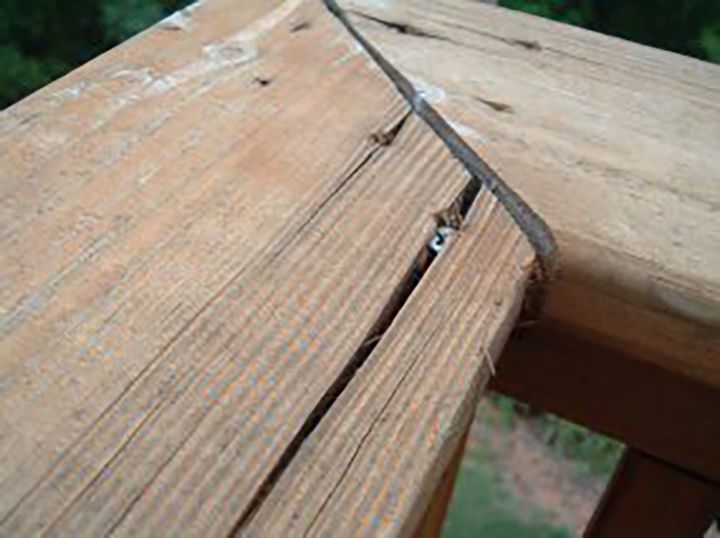





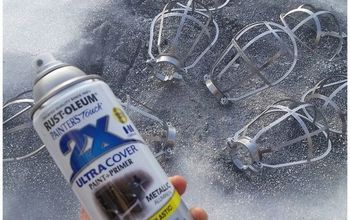




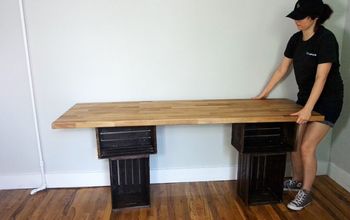

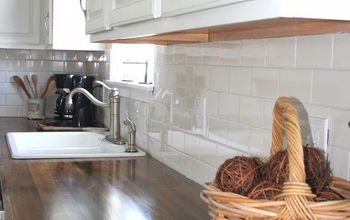
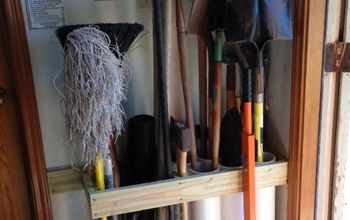






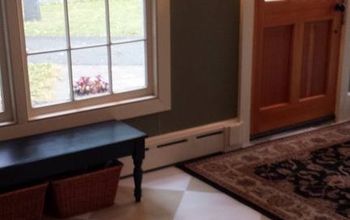


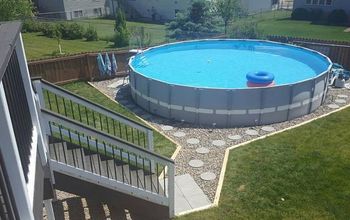

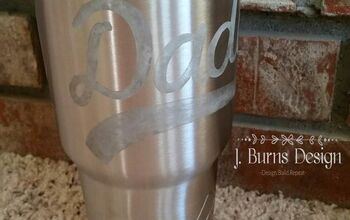
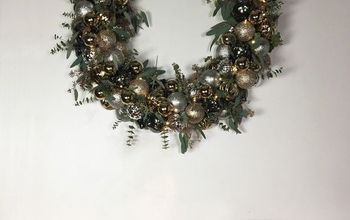
Frequently asked questions
Have a question about this project?